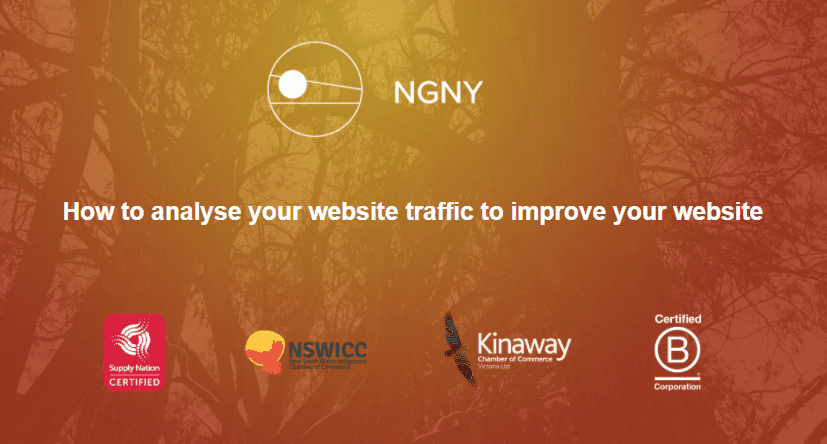
The birth of ecommerce in the 1990’s paved the way for having website traffic as the basis of online presence success. However, as ecommerce became more popular and specific, the metrics in measuring the success of a website became more comprehensive and clearer. Before we go into the specifics, let us define first what a website traffic is. Website traffic refers to the actual number of people who visit your site. Web traffic is measured in visits, sometimes referred to as sessions. Website traffic analysis is one way to draw interpretations on the success of your business and attracting an audience. When someone visits a website, their computer or other web-connected device communicates with the website’s server. Each page on the web is made up of dozens of distinct files. The site’s server transmits each file to user browsers where they are assembled and formed into a cumulative piece with graphics and text. Every file sent represents a single “hit”, so a single page viewing can result in numerous hits.
Measuring website traffic now is no longer limited to determining how many people visited the website. Now, factors such as how long did the user stay, percentage of users who made a purchase, bounce rates, how much did that traffic cost you, etc. While website traffic is not the end all be all of measuring your website’s optimum performance, but its impact to your the future of your business cannot be underestimated. It can be a great starting point which leads you to informed decisions for your website and your business growth in general.
- Determine the source of traffic.
It is important to know where the traffic is coming from so that you can assess the impact of your email list. You can also see if anyone else drove traffic to your website. Make it a habit to regularly check your traffic because a digital publication or a certain social media channel may have caused the surge of traffic.
- Focus on the time spent by a visitor on a page.
Quality over quantity should be the goal. The average “time on page” spent by your users is material and helpful information for you in improving the traffic on your site. Considerations like what can possibly make them linger on our website? Having handy knowledge on how these metrics work coupled with monitoring can help you in crafting compelling content, better user experience and customer interaction. Also, try to consider having more pages per session as this translates into stronger traffic the moment visitors are viewing more pages per session, every time they visit. Once a user visits your site, the goal is to keep them for long, browsing over your content rather than just the landing page.
- Determine your top pages and boost them.
It’s not enough to know which of your pages are the most popular.All it takes is one referral from a high-traffic website to make a blog post that your audience wasn’t naturally drawn to seem popular. It’s time to give them a little boost. Take advantage of their popularity and make sure they are SEO optimized, have CTA’s to sign up for your email list, or feature affiliate links. Whatever your goals for your business are, try to capitalize on the strength of these pages to make them happen. Prioritize the channels that are working for you until you have the resources to expand your marketing efforts.
- Test your site speed.
Nothing is more frustrating than having to deal with a website that is taking forever to load. This is the fastest way to lose visitors. According to recent data, 40% of people abandon a website if it takes more than 30 seconds to load and a one-second delay in page response has been found to result in a 7% reduction in conversions. This necessitates website owners to test the speed of your website and fix issues ASAP, if any.
- Utilize your monthly reports.
If you made it a habit to prepare a monthly report where it contains your website analytics and data for your digital marketing initiatives. If you have these in place. It will be easy for you to refer to your popular pages, top products, pages and blog articles. The great thing about having handy data with you is your ability to prepare and plan for your future website content and digital marketing strategies parallel to your communication plan. Since you already know what works and what doesn’t work, you can work your way around improving website traffic and progressing your business.




